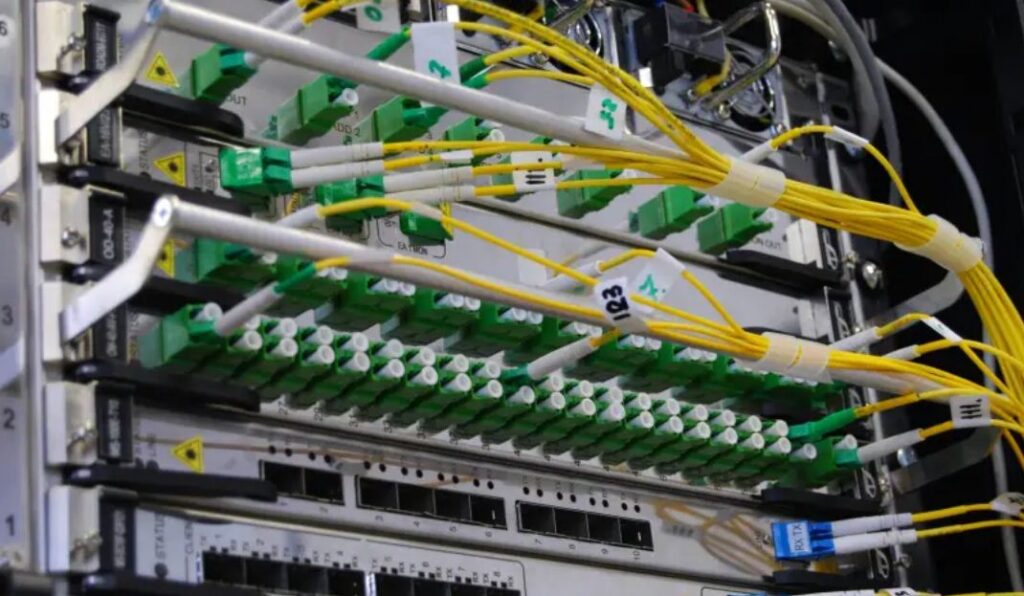Meta plans to build an undersea fiber optic cable spanning the globe, according to a report by TechCrunch. Mark Zuckerberg’s company aims to enhance its internet connectivity infrastructure to ensure the smooth operation of Facebook, Instagram, WhatsApp, and Threads. Additionally, the project is intended to support the growth of its artificial intelligence initiatives, which demand increasingly robust connectivity.
Please follow us on Facebook and Twitter.
The report states that Meta’s submarine fiber optic cable would cover a distance of over 40,000 kilometers. The cable’s route is planned to start on the east coast of the United States, pass through South Africa, India, and Australia, and finally connect to the west coast of the United States.
A project of this scale would understandably require a significant investment. Reports suggest that Meta, headquartered in Menlo Park, plans to begin with an initial budget of $2 billion. However, the total cost is expected to exceed $10 billion.
Meta has not yet officially announced its plan to install a global submarine fiber optic cable, but an announcement could come as early as 2025. Details about how long the project might take to complete or when it could become operational are still unknown. Nevertheless, Zuckerberg’s ambitious plan is already attracting attention, as it would significantly boost Meta’s presence in the global connectivity market through such large-scale infrastructure.
Meta Prepares a Submarine Fiber Optic Cable Around the World

One key advantage of having its own undersea fiber optic cable is that Meta would have exclusive control over its operation. According to TechCrunch, while Meta already holds stakes in 16 similar networks, these are mostly shared with telecommunications companies that operate on a global or regional scale.
However, executing a project of this size would be challenging not only because of the high costs but also due to the logistical complexities. The report highlights that only a few companies are capable of providing the specialized services needed to build such infrastructure, and most of them are typically booked several years in advance.
With its own undersea fiber optic cable, Meta appears to be following a strategy similar to the one Google adopted years ago. Google operates several such networks, including Grace Hopper, which connects the U.S. with the U.K. and Spain, and Firmina, which stretches from the U.S. east coast to Argentina. When Firmina was announced, it was described as the longest cable of its kind in the world.
If Zuckerberg’s company successfully implements its ambitious plan, its 40,000-kilometer-long cable could set a new record. Moreover, owning and operating the infrastructure exclusively, without sharing it with other companies, would help Meta reduce risks from external attacks or disruptions.
It is worth noting that just days ago, reports emerged of a Chinese ship dragging its anchor for 170 kilometers to intentionally cut two submarine internet cables in the Baltic Sea. This action disrupted connections between Lithuania and Sweden, as well as Germany and Finland, and was allegedly carried out under orders from Russian intelligence services.





